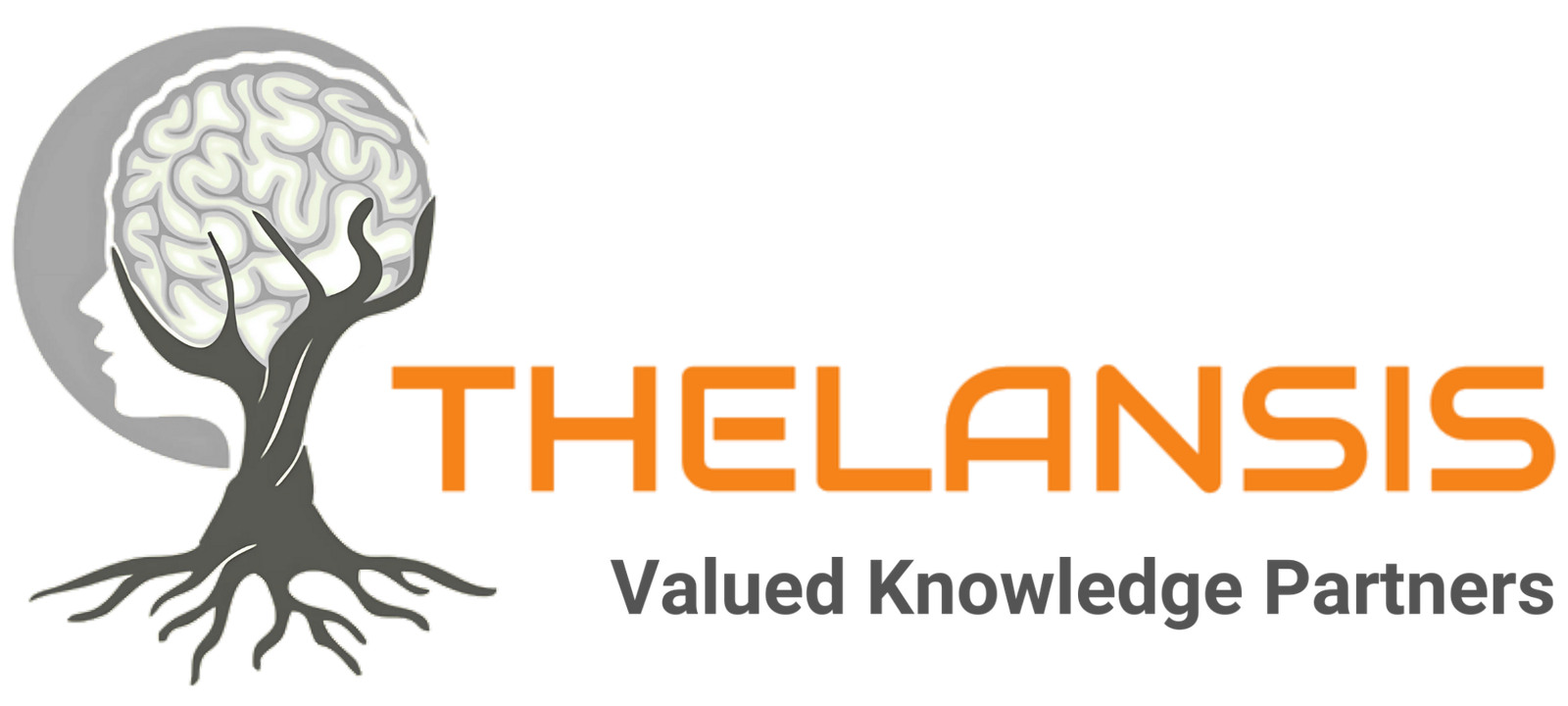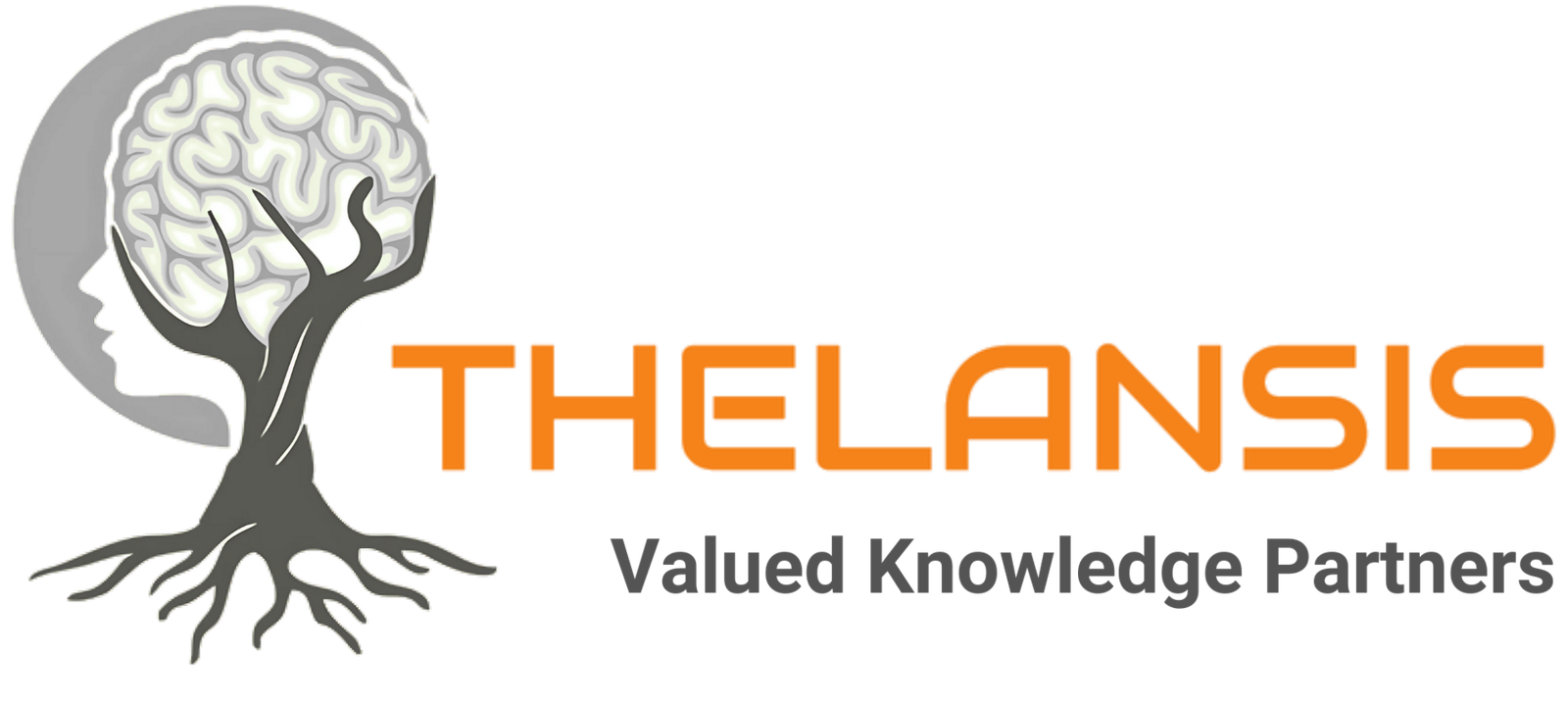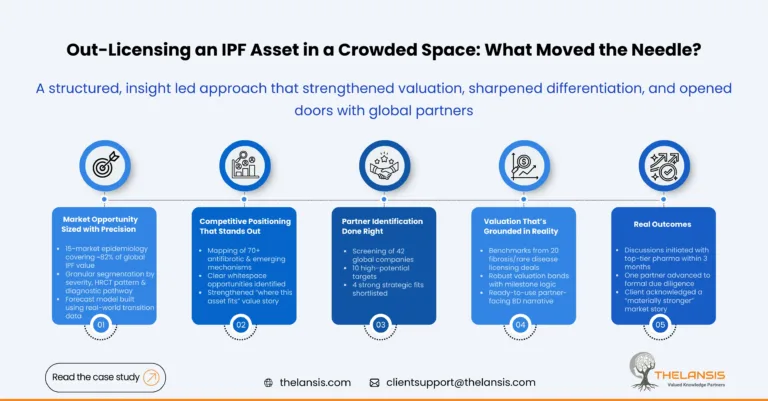Epilansis – a one stop solution for multiple research and data needs
Purpose:
The thelansis team collaborated with the client team to understand the disease areas for which the organization would require epidemiology insights (based on the product pipeline, lifecycle management priorities, and future interests). After analyzing the requirements, Thelansis offered access to its novel platform for epidemiology and landscape insights: EpiLansis. The platform covers most indications for which epidemiology insights were required. During the demo sessions, Thelansis’s team showed the depth and breadth of epidemiology coverage at the global level, in addition to the current treatment utilization dataset. In the pilot phase, the client’s team members noted that the Epilansis tool saved their significant time during epidemiology research, they received round-the-clock analyst support for their queries, and they found the methodologies and dataset robust and reliable.
Key Features:

Disease burden

Incident cases

Prevalent cases

Demographic distribution

Severity-wise distribution

Comorbidities

Clinical manifestation

Longitudinal trends

Treatment settings

Line of Therapy
About Product:
EpiLansis is an AI-enabled innovative decision-support platform powered by curated disease burden insights from 650+ indications. This platform leverages our extensive data disease models to deliver deeper estimate of the target patient population for a define market. The overall prevalent and treated population for any given condition is derived on the basis disease settings; such as chronic, acute or critical, survival probability, duration of survival, disease progression and mortality rate. Disease area and country-specific indicators data are curated from real-world data, claim data, and published patient outcome data with a marginal sample size. The Epidemiology Insights Report provides an analysis of disease burden, characterized by disease definition, prevalence, incidence, diagnosed cases, severity, comorbidities, and clinical manifestations. Potential patient flow dynamics in disease burden are driven by shifts in demographic indicators and their correlation with age and gender distribution over time. Changes in the reported cases and long-term survival of patients may depend on diet, lifestyle, comorbid conditions, and the availability of interventions or therapies.
- User-friendly architecture and analytics with interactive and downloadable figures and tables
- Precise and commercially relevant market definitions for strategic planning
- Granular and comprehensive patient, treatment, and market insights
- Validated diagnosis and treatment rates (from peer-reviewed published studies, RWE, disease registries, and primary research) to know the total potential and addressable market
- Robust and transparent methodology/assumptions
- Confidently estimate drug-treated/drug-treatable populations with additional insights for Market sizing and forecast
models - Round-the-clock consultant and epidemiologist support

45+

750+

20,000+

20+

1MN+
Case Studies:
Background: A biopharma company was preparing to launch a first-in-class…
Introduction: A US-based mid-size biotech firm was preparing for its…
Introduction: A global biopharma company preparing to advance towards asset…
Introduction: During 2024, a mid-sized biopharma company from the European…

Need customize support?
Thelansis also caters to your specific needs by providing customized reports that satisfy your organizational requirements. Get on-demand customization of the report’s scope to exactly meet your needs.





